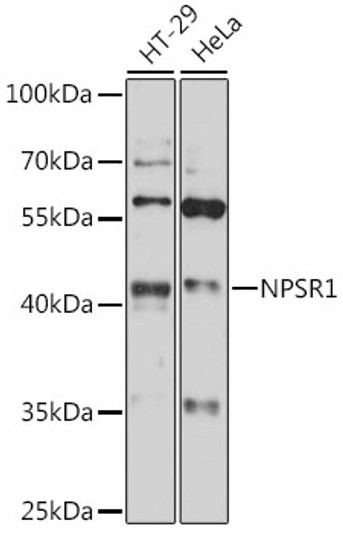| Background | Transcription factor acting as a positive regulator in the ethylene response pathway). Required for the inhibition of root growth by ethylene in etiolated seedlings. Functions upstream of the auxin biosynthetic gene YUCCA8 and directly activates its expression. Functions downstream of the ethylene signaling factor EIN2 in disease resistance against the rice blast fungus (Magnaporthe oryzae. Binds directly to the promoters of the NADPH oxidases RBOHA and RBOHB, and the jasmonate biosynthetic gene OPR4 to activate their expression during fungal infection. May enhance disease resistance by facilitating reactive oxygen species (ROS) generation and jasmonate biosynthesis with subsequent phytoalexin accumulation during Magnaporthe oryzae infection. Acts as negative regulator of salt tolerance. During salt stress, activates the cation transporter HKT1, which mediates increased sodium uptake in roots, and contributes to sodium accumulation and salt toxicity. Binds directly to the DNA sequence 5 NA-TGTTACAAATACC-3 in the promoter of the GA20OX2 gene to activate its expression at the transcriptional level during ethylene signaling. Possesses transactivation activity in protoplasts. |
Information sourced from Uniprot.org









